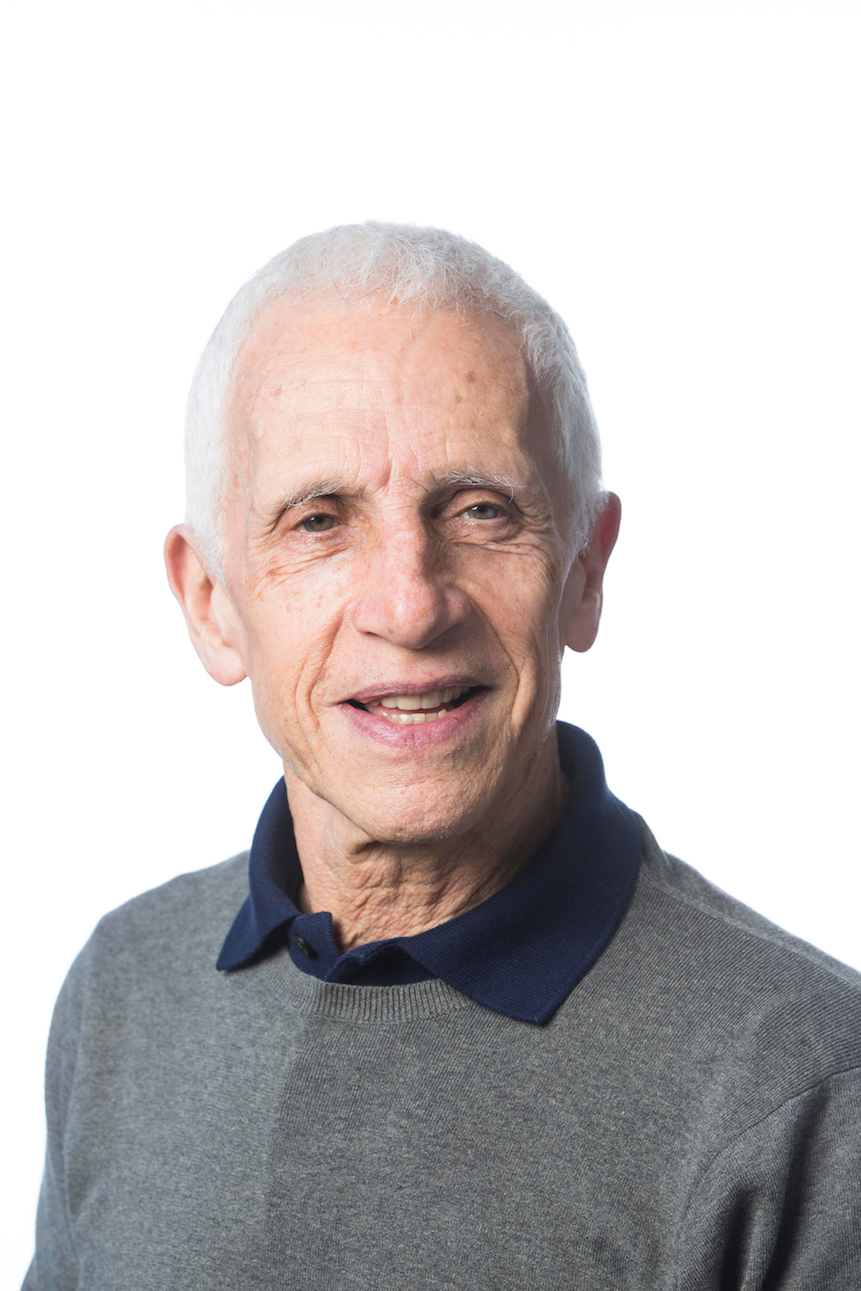
Stephen Coplan Harrison, Ph.D.
Understanding structure -- at many levels, from molecules to cells to neuronal connections to organismal anatomies -- is a prerequisite to understanding biological function. The field now called "structural biology" (really, "structural molecular biology") began in the mid-twentieth century with visualization of the structures of DNA and simple proteins and now tackles complex subcellular assemblies such as kinetochores and nuclear pores. Stephen Harrison's laboratory, then in the Harvard department now known as Molecular and Cellular Biology and closely linked with that of his late colleague, Don Wiley, helped lay the foundations for a structural biology of complex assemblies by starting with viruses and viral proteins. Structural virology remains a major component of Harrison's research. He moved in 2002 to his current laboratory at Harvard Medical School in the Department of Biological Chemistry and Molecular Pharmacology. Through the Center for Molecular and Cellular Dynamics, an organization of structural biology laboratories across the university, he helps coordinate activities in structural biology at Harvard and affiliated institutions, including serving as faculty director of the Harvard Cryo-EM Center for Structural Biology. He is also head of the Laboratory of Molecular Medicine at Boston Children's Hospital and Investigator in the Howard Hughes Medical Institute. Some further biographical details are on the bio page of the laboratory web site, https://crystal.harvard.edu/
Our research concerns the organization and dynamics of macromolecular assemblies. The long-term objective of our research is to determine how protein interactions determine subcellular structures. We ask the following kinds of questions. (1) How do viruses assemble and how do they enter and exit the cells they infect? (2) Can we combine our understanding of virus structure and entry with contemporary methods for probing the human immune response, to arrive at novel strategies for vaccine design? (3) What is the molecular architecture of a kinetochore? How does this architecture embody its required mechanical and signal-transducing properties?
For our publications on these and other topics, see our laboratory web site: https://crystal.harvard.edu/publications/
Address:
Seeley Mudd Bldg, Room 130
250 Longwood Avenue
Boston, MA 02115
phone: 617-432-5607
FAX: 617-432-5600
e-mail: schadmin@crystal.harvard.edu
Assistant: Karen E. Lee
phone: 617-432-5606